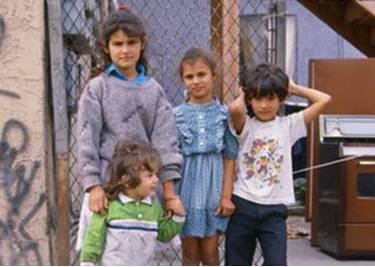
A study from The Urban Institute shows that more than one-fifth of all children under age 18 lived in poverty in 2010 and one-fourth (25 percent) of those under age six were poor. By race and ethnicity, it looks worse. Nearly two in five or 39 percent of African American children are living in poverty and more than one-third or 35 percent of Hispanic children, compared to about one in seven Asian children and one in eight non-Hispanic white children.
The recession’s toll on families with children includes large increases in poverty and high unemployment. In most states, Medicaid pays for more than 40 percent of births according to Kaiser Family Foundation 2011.
Spending years in poverty, as fewer than 10 percent of the youngest Americans do, seriously undermines children’s life chances. Poor children’s lives often lack stability, a keystone of healthy development. Erratic or makeshift childcare is one bad influence, and residential instability is another.
Children in poverty, unsafe neighborhoods, and substandard schools struggle more than other children do in the classroom and later as adults. A child born poor is much more likely than better off children to be poor half the years been 25 and 30, and three times as likely to lack a high school diploma. Black and Hispanic teens are more than twice as likely as white teens to drop out of high school
Source: Urban Institute, “Today’s Children, Tomorrow’s America: Six Experts Face the Facts”, October 2011, http://www.urban.org/